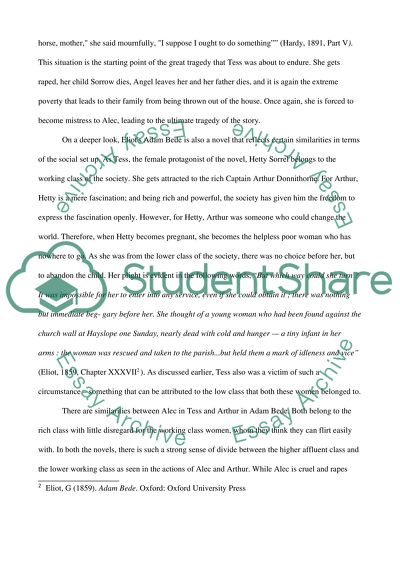Cite this document
(“Thomas Hardy's Tess of the D'Urbervilles and George Eliot's Adam Bede Essay”, n.d.)
Retrieved from https://studentshare.org/literature/1463940-ychadam-bedeyie-and-ychtess-of-the
Retrieved from https://studentshare.org/literature/1463940-ychadam-bedeyie-and-ychtess-of-the
(Thomas Hardy's Tess of the D'Urbervilles and George Eliot'S Adam Bede Essay)
https://studentshare.org/literature/1463940-ychadam-bedeyie-and-ychtess-of-the.
https://studentshare.org/literature/1463940-ychadam-bedeyie-and-ychtess-of-the.
“Thomas Hardy's Tess of the D'Urbervilles and George Eliot'S Adam Bede Essay”, n.d. https://studentshare.org/literature/1463940-ychadam-bedeyie-and-ychtess-of-the.


